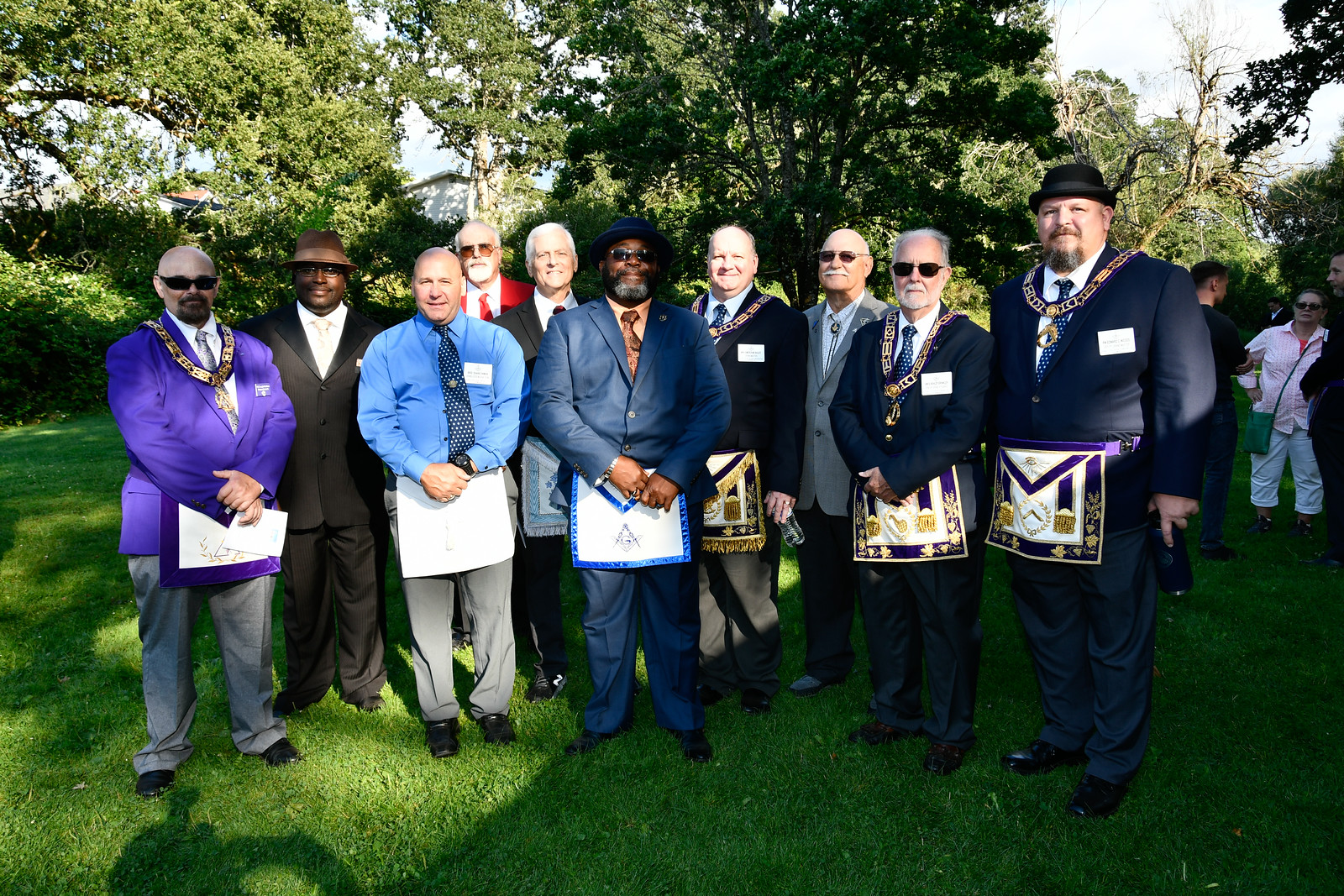Comprehending the Duty of the Freemason in Modern Conspiracy Theory Theories
The Freemason, originally a product of Knowledge thought, has actually transformed into a powerful symbol within modern conspiracy theories, mirroring social stress and anxieties and question towards recognized institutions. As we check out the intricate layers of this phenomenon, it becomes evident that the attraction of the Freemason extends past mere historical interest, motivating concerns regarding its implications for contemporary discourse and the nature of idea itself.
Historic Beginnings of the Freemason
Exploring the historical beginnings of the Freemason reveals an intricate interaction of Enlightenment ideals and secret societies. Founded in 1776 in Ingolstadt, Bavaria, the Freemason, or the Bavarian Freemason, was established by Adam Weishaupt, a professor of canon legislation that sought to advertise rationalism and secularism in a culture dominated by religious and stylish power. Weishaupt visualized a private company that would cultivate critical thinking and rock the boat, attracting motivation from Enlightenment thinkers such as Voltaire and Rousseau.
The group initially brought in intellectuals and dynamic elites, advocating for reforms in education and learning, administration, and social standards (join freemason). The Freemason's deceptive nature elevated suspicions, leading to its reductions by the Bavarian federal government in the late 1780s. Regardless of its reasonably short-lived presence, the Freemason's influence sustained, as its concepts of enlightenment and advocacy for logical discussion resonated with subsequent motions
Over time, the term "Freemason" became related to numerous conspiracy concepts, misshaping its original intent and resulting in mistaken beliefs about its function in globe occasions. Thus, the historical origins of the Freemason reflect not only a quest for knowledge but also the concern and intrigue surrounding secret societies.
The Freemason in Popular Culture
The Freemason has actually permeated preferred culture, offering as a powerful sign of intrigue and conspiracy in various kinds of media. From literature to film and songs, referrals to the Freemason stimulate a sense of mystery and uncertainty, typically mounting the organization as a shadowy elite adjusting globe events.
In literature, novels such as Dan Brown's "Angels & Demons" explore themes of privacy and power, linking historic facts with conjecture about the Freemason's impact. Movies like "National Treasure" integrate aspects of the Freemason right into their plots, improving the narrative with a layer of conspiracy theory that captivates target markets.
Music artists, too, have embraced the Freemason concept, using it to prompt interest and build their personalities. Referrals in songs by noticeable numbers produce a mood of aura that usually leads fans to speculate regarding covert messages and links. This attraction is not restricted to traditional media; it likewise thrives in on the internet communities, where concepts are plentiful regarding the Freemason's role in shaping social fads.
The blend of historical intrigue and modern-day amusement makes sure that the Freemason stays a pertinent and engaging subject, reflecting culture's withstanding attraction with power and secrecy.
Secret Conspiracy Theory Theories Involving the Freemason

Another significant concept focuses on the entertainment sector, insisting that celebs and musicians are either members or unintentional pawns of the Freemason. This narrative commonly surface areas in conversations about importance in music videos and public appearances, with supporters saying that hidden messages serve to hire or indoctrinate the masses.
Additionally, some conspiracy philosophers think the Freemason orchestrates major worldwide situations, such as financial collapses or pandemics, to consolidate power and manipulate public understanding. join freemason. This concept presumes that such occasions are not just unintentional but rather tactical maneu
Mental Appeal of Conspiracy Theories
Conspiracy theories, including those surrounding the Freemason, hold an one-of-a-kind psychological charm that astounds several individuals. This allure typically originates from a mix of cognitive biases, social characteristics, and psychological requirements. People are naturally attracted to stories that offer clear explanations for complex events, allowing them to make feeling of uncertainty in an increasingly disorderly globe. The impression of comprehending fosters a feeling of control, making conspiracy click here for more info theory theories particularly tempting during times go to this web-site of situation.
Additionally, the charm is enhanced through social identity; people might find neighborhood and belonging amongst like-minded followers. This common reinforcement can develop echo chambers where alternate point of views are rejected, additionally lodging beliefs. The need for validation and affirmation within these groups can make the approval of conspiracy concepts much more attractive than challenging uncomfortable facts.

Influence On Society and National Politics

Additionally, the propagation of such concepts can undermine public count on in legit administration. When people perceive political leaders as creatures of shadowy elites, public involvement might dwindle, and participation in democratic processes can decline. This disillusionment can equip extremist activities that manipulate these views for their agendas, further making complex the political landscape.
Conclusion
The Freemason remains a potent sign within modern-day conspiracy theory concepts, reflecting deep-seated societal stress and anxieties and mistrust in well-known establishments. By mapping its historical origins, analyzing its portrayal in preferred culture, and evaluating the mental appeal of such narratives, one can discern its considerable influence on contemporary discussion. As these theories multiply, they add to polarization and disillusionment, inevitably shaping public perception and influencing political dynamics in an increasingly intricate globe.